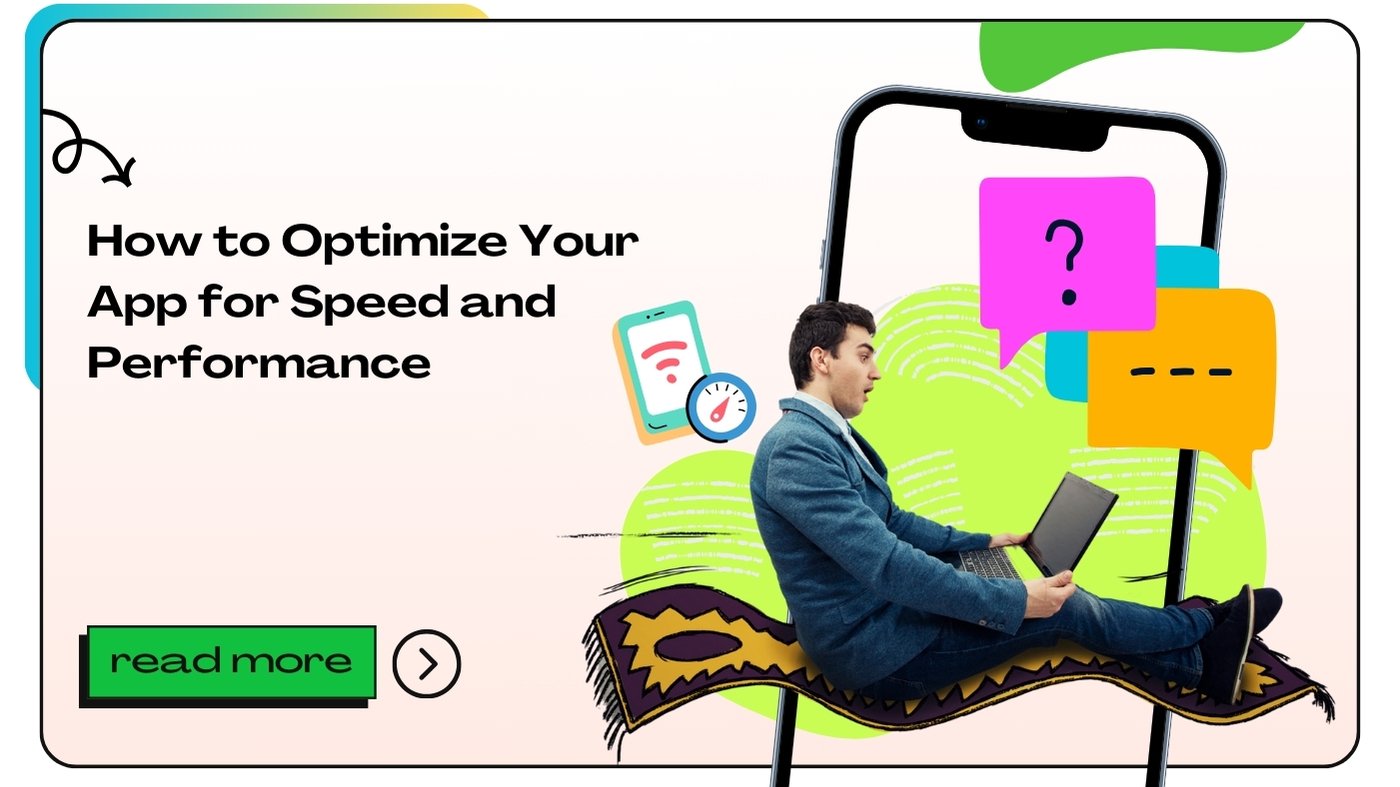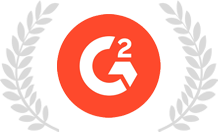In today’s digital landscape, speed and performance are paramount for the success of any mobile or web application. Users expect instant responses and seamless experiences, and even a slight delay can lead to frustration and abandonment. In this guide, we will explore proven strategies and best practices to optimize your app, ensuring it runs efficiently and meets user expectations.
Understanding the Importance of Speed and Performance
Before diving into optimization techniques, it’s essential to understand why app speed and performance matter.
User Experience and Retention
- Immediate Gratification: Users today are accustomed to fast-loading applications. According to studies, even a one-second delay in loading time can reduce user satisfaction significantly.
- Reduced Bounce Rates: Applications that load quickly keep users engaged and decrease the likelihood of abandonment. High bounce rates can adversely affect your app’s ranking in app stores.
Search Engine Optimization (SEO)
For web applications, performance impacts search engine rankings. Google uses page speed as a ranking factor, meaning faster apps are more likely to appear at the top of search results. By optimizing for speed, you also enhance your app’s visibility and attract more users.
Performance Metrics
- Load Time: The time it takes for your app to become usable after a user initiates an action.
- Response Time: How quickly your app responds to user interactions.
- Frame Rate: The smoothness of animations and transitions within the app.
Also Read :- The Rise of No-Code and Low-Code Platforms in App Development
Analyzing Your Current Performance
Before you can optimize your app, you need to evaluate its current performance. This analysis provides a baseline and helps identify areas for improvement.
Using Performance Testing Tools
- Google PageSpeed Insights: Offers insights into how well your app performs and provides suggestions for improvement.
- Lighthouse: An open-source tool from Google that audits your web application’s performance, accessibility, and SEO.
- GTmetrix: Provides detailed reports on loading times and performance bottlenecks.
Key Performance Indicators (KPIs)
- Time to First Byte (TTFB): Measures how long it takes for the server to respond to a request.
- First Contentful Paint (FCP): The time it takes for the first piece of content to appear on the screen.
- Speed Index: Shows how quickly the contents of a page are visibly populated.
By using these tools and KPIs, you can pinpoint specific issues affecting your app’s speed and performance.
Optimization Techniques for Mobile Apps
Once you have identified performance issues, it’s time to implement optimization techniques tailored for mobile applications.
1. Optimize Images and Assets
Images can significantly impact loading times, so optimizing them is crucial.
- Use Appropriate Formats: JPEG is ideal for photographs, while PNG works better for graphics with transparency. WebP is a modern format that offers superior compression.
- Implement Lazy Loading: Load images only when they enter the viewport, reducing initial load times and improving performance.
2. Minimize HTTP Requests
Each asset on your app requires an HTTP request, which can slow download times.
- Combine Files: Merge CSS and JavaScript files to reduce the number of requests.
- Use Sprites: Combine multiple images into a single image to cut down on HTTP requests.
3. Utilize Content Delivery Networks (CDNs)
CDNs distribute your app’s content across various servers globally, ensuring that users access data from a location closer to them.
- Faster Load Times: By serving content from the nearest server, CDNs significantly improve loading speeds.
- Reliability: CDNs can provide redundancy, ensuring your app remains accessible even during server outages.
Also Read :- Best Tools and Frameworks for Android App Development
Optimization Techniques for Web Apps
Web applications have unique optimization requirements. Here are strategies to enhance their performance.
1. Optimize JavaScript and CSS
Heavy JavaScript and CSS files can slow down your application.
- Minification: Remove unnecessary characters from code without affecting functionality. Tools like UglifyJS and CSSNano can help.
- Asynchronous Loading: Load JavaScript files asynchronously to prevent blocking the rendering of the page.
2. Enable Compression
Compression reduces the size of files sent from the server to the client, speeding up load times.
- Gzip Compression: This widely-used method can compress HTML, CSS, and JavaScript files, resulting in faster transmission and reduced bandwidth usage.
3. Optimize Server Performance
The server plays a crucial role in your app’s performance.
- Upgrade Hosting Plans: Consider using a dedicated server or a scalable cloud hosting solution to handle higher traffic loads efficiently.
- Use Caching: Implement server-side caching to store frequently accessed data, reducing the time it takes to generate responses.
Performance Monitoring and Continuous Improvement
Optimizing your app is not a one-time task. Continuous monitoring and improvement are essential for maintaining performance.
1. Regularly Test Performance
Set a schedule to test your app’s performance regularly. Use the previously mentioned tools to ensure that your app continues to meet speed and performance standards.
2. Gather User Feedback
User feedback is invaluable for identifying performance issues. Encourage users to report slowdowns or glitches, and use this information to make informed improvements.
3. Keep Up with Technology Trends
The tech landscape is constantly evolving. Stay informed about the latest advancements in optimization techniques, frameworks, and tools to ensure your app remains competitive.
The Impact of User Experience on Performance
User experience (UX) is closely linked to speed and performance. A smooth and responsive app enhances user satisfaction and encourages engagement.
1. Design for Performance
When designing your app, prioritize speed and usability.
- Minimalistic Design: A clean, simple design can reduce the amount of data that needs to be loaded.
- Responsive Design: Ensure your app functions well on various devices and screen sizes, providing a consistent experience.
2. Focus on Accessibility
An accessible app enhances the experience for all users, including those with disabilities. Consider the following:
- Text Alternatives: Provide text alternatives for non-text content, such as images and videos, to ensure everyone can access your app’s content.
- Keyboard Navigation: Ensure your app can be navigated using a keyboard, making it easier for users who cannot use a mouse.
Leveraging Cloud Services for Performance
Cloud computing offers numerous benefits for optimizing app performance.
1. Scalability
Cloud services allow you to scale resources up or down based on demand, ensuring your app remains responsive even during traffic spikes.
2. Resource Optimization
Many cloud providers offer tools for optimizing resource usage, such as auto-scaling and load balancing, which help improve performance and reduce costs.
3. Enhanced Security
Cloud services often come with built-in security features, protecting your app from various threats while ensuring optimal performance.
Also Read :- iOS vs Android Development: Key Differences You Should Know
Conclusion
Optimizing your app for speed and performance is essential for providing an exceptional user experience. By understanding the importance of speed, analyzing current performance, and implementing effective optimization techniques, you can ensure your app remains fast and efficient. Continuous monitoring, user feedback, and leveraging cloud services will help you maintain high performance in an ever-evolving digital landscape. Remember, a well-optimized app not only attracts users but also keeps them engaged, leading to greater success for your business.
FAQs About App Speed and Performance Optimization
- Why is app speed important?
App speed is crucial for user satisfaction; slow apps can lead to frustration and abandonment. - What tools can I use to measure app performance?
Tools like Google PageSpeed Insights, GTmetrix, and Lighthouse are excellent for measuring performance. - How can I optimize images in my app?
Use appropriate formats, compress images, and implement lazy loading to improve loading times. - What are HTTP requests, and why do they matter?
HTTP requests are made to fetch resources. Reducing them can speed up loading times. - What is a CDN, and how does it help?
A Content Delivery Network (CDN) distributes content across multiple servers, improving loading speeds and reliability. - How do I minimize JavaScript and CSS files?
Use minification tools and asynchronous loading to reduce file sizes and prevent blocking. - What is Gzip compression?
Gzip compression reduces file sizes during transmission, speeding up load times. - How often should I test my app’s performance?
Regular testing is essential. Set a schedule to monitor performance consistently. - How does user feedback impact performance?
User feedback helps identify issues that may not be apparent through testing, leading to informed improvements. - What is lazy loading, and why is it useful?
Lazy loading delays loading images until they are needed, reducing initial load times. - How does design affect app performance?
A minimalistic and responsive design can reduce data load and improve usability. - What is server-side caching?
Caching stores frequently accessed data to speed up response times for users. - How can I make my app more accessible?
Provide text alternatives for non-text content and ensure keyboard navigation. - Why is scalability important for app performance?
Scalability allows your app to handle varying traffic loads without compromising performance. - How can cloud services improve app performance?
Cloud services offer scalability, resource optimization, and enhanced security, improving overall performance. - What is Time to First Byte (TTFB)?
TTFB measures the time it takes for a server to respond to a request; lower values indicate better performance. - What role does a responsive design play?
Responsive design ensures that apps function smoothly across devices, enhancing the user experience. - How can I gather user feedback effectively?
Use surveys, feedback forms, and in-app prompts to gather user insights on performance issues. - What are some common performance bottlenecks?
Heavy images, excessive HTTP requests, and inefficient server responses are typical bottlenecks. - How can I stay updated on optimization trends?
Follow industry blogs, join forums, and participate in webinars to keep up with the latest optimization techniques.
- How to Be a Flutter Developer - November 22, 2024
- How to Build an iOS App in Flutter - November 22, 2024
- How to Build APK in Flutter VS Code - November 21, 2024




















